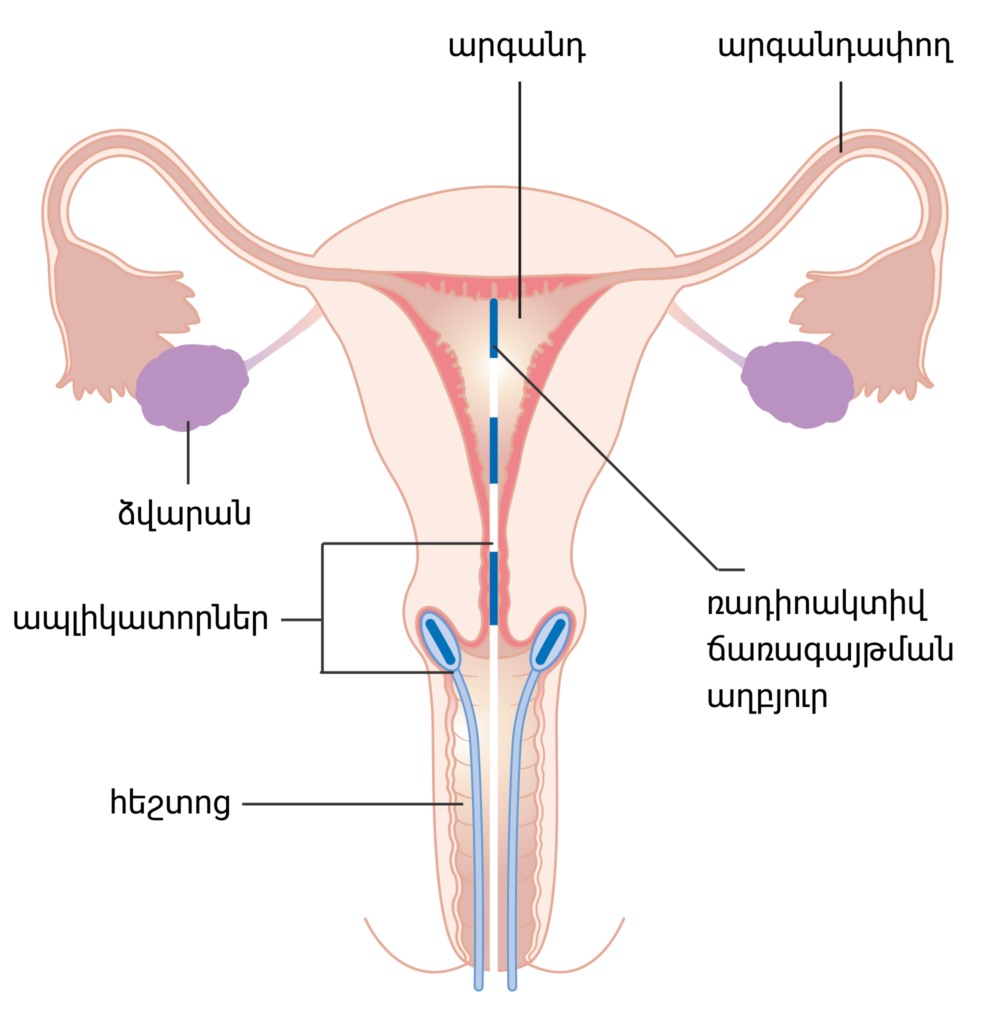Cervical Cancer: Understanding – Cervical cancer is a type of cancer that develops in the cells of the cervix, the lower part of the uterus that connects to the vagina. It is one of the most common cancers among women worldwide, but with early detection and proper treatment, it is also one of the most preventable and curable forms of cancer.
Cervical Cancer: Understanding / Cervical Cancer: Understanding / Cervical Cancer: Understanding
Causes and Risk Factors

The primary cause of cervical cancer is infection with certain types of human papillomavirus (HPV). HPV is a common virus transmitted through sexual contact. Other risk factors for cervical cancer include smoking, a weak immune system, multiple sexual partners, early sexual activity, and a history of sexually transmitted infections (STIs).
Signs and Symptoms
In the early stages, cervical cancer may not cause any symptoms. However, as the cancer progresses, symptoms may include abnormal vaginal bleeding, pelvic pain, pain during intercourse, and unusual vaginal discharge.
Diagnosis and Screening
Diagnosis of cervical cancer typically involves a combination of tests, including a Pap smear, HPV DNA test, and colposcopy. A Pap smear is a simple test that involves collecting cells from the cervix to check for abnormalities. If abnormalities are found, further testing may be needed, such as a colposcopy, which allows the doctor to examine the cervix more closely.
Stages of Cervical Cancer
Cervical cancer is staged based on the extent of the disease. Staging helps determine the best course of treatment. The stages range from 0 to IV, with stage 0 being the earliest stage, where abnormal cells are only present on the surface of the cervix, to stage IV, where the cancer has spread to other parts of the body.
Treatment Options
Treatment for cervical cancer depends on the stage of the disease and may include surgery, chemotherapy, radiation therapy, or targeted therapy. The goal of treatment is to remove or destroy the cancer cells while preserving as much of the normal function of the cervix as possible.
Prevention and Vaccination
The best way to prevent cervical cancer is through vaccination against HPV. The HPV vaccine is recommended for both boys and girls starting at age 11 or 12. Other preventive measures include practicing safe sex, avoiding smoking, and getting regular Pap smears.
Living with Cervical Cancer
Living with cervical cancer can be challenging, but there are resources and support available to help patients cope with the physical and emotional aspects of the disease. Support groups, counseling, and palliative care can all play a role in improving quality of life for patients with cervical cancer.
Impact on Fertility and Pregnancy
Treatment for cervical cancer can affect fertility, but many women are still able to conceive and carry a pregnancy to term after treatment. It’s important for women to discuss fertility preservation options with their healthcare team before starting treatment.
Clinical Trials
Clinical trials are research studies that test new treatments or interventions for cervical cancer. Participating in a clinical trial can give patients access to cutting-edge treatments and contribute to the advancement of medical knowledge about cervical cancer.
Supportive Care
Supportive care, including palliative and hospice care, focuses on relieving symptoms and improving quality of life for patients with advanced cervical cancer. It is an important aspect of comprehensive cancer care and is often provided alongside curative treatments.
Prognosis
The prognosis for cervical cancer depends on various factors, including the stage of the disease, the patient’s overall health, and how well they respond to treatment. With early detection and appropriate treatment, the prognosis for cervical cancer is generally good.
Myths and Misconceptions
There are many myths and misconceptions surrounding cervical cancer, including the belief that it only affects older women or that it is always fatal. It’s important to educate the public about the facts of cervical cancer and dispel these myths.
Importance of Regular Check-ups
Regular check-ups and screenings are essential for the early detection of cervical cancer. Women should have regular Pap smears and HPV tests as recommended by their healthcare provider, even if they feel healthy and have no symptoms.
Conclusion
Cervical cancer is a serious but preventable and treatable disease. By understanding the risk factors, signs and symptoms, and available prevention and treatment options, women can take proactive steps to protect their health and reduce their risk of developing cervical cancer.
FAQs About Cervical Cancer
- Can cervical cancer be prevented?
- Yes, cervical cancer can be prevented through vaccination against HPV and regular screenings.
- What are the early symptoms of cervical cancer?
- Early symptoms of cervical cancer may include abnormal vaginal bleeding, pelvic pain, and pain during intercourse.
- Is cervical cancer always caused by HPV?
- While HPV infection is the primary cause of cervical cancer, other factors such as smoking and a weak immune system can also increase the risk.
- Can cervical cancer be cured?
- Yes, cervical cancer can be cured, especially if detected early and treated promptly.
- How often should women get screened for cervical cancer?
- Women should discuss screening recommendations with their healthcare provider, but in general, regular Pap smears and HPV tests are recommended starting at age 21.



